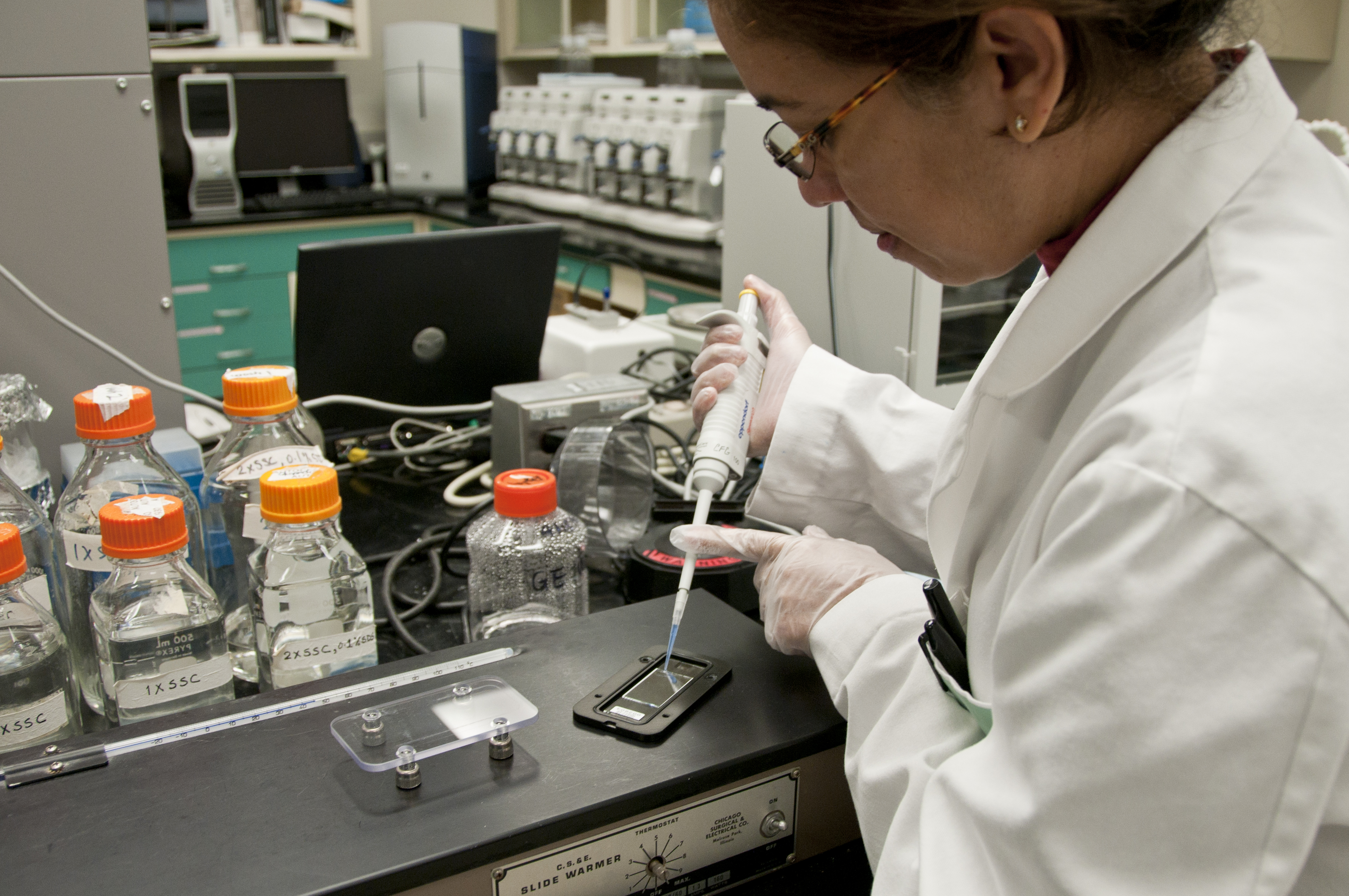
Photo from academic.microsoft.com
The use of nanoparticles – particles that range in size from 1 to 100 nm – has become increasingly prevalent in recent years, bringing with it a variety of potential… Click to show full abstract
The use of nanoparticles – particles that range in size from 1 to 100 nm – has become increasingly prevalent in recent years, bringing with it a variety of potential toxic effects. Zebrafish embryos were exposed during the 3 day postfertilization period to gold nanospheres (GNSs), gold nanorods (GNRs), GNRs coated with polystyrene sulphate (PSS‐GNRs) and GNRs coated with both PSS and polyallamine hydrochloride (PAH‐PSS‐GNRs). All nanorods were stabilized with cetyltrimethylammonium bromide. GNSs were the least toxic of the nanoparticles studied, with exposure resulting in no significant changes in mortality, hatching or heart rate. Exposure to GNRs and PSS‐GNRs resulted in significant increases in mortality and significant decreases in hatching and heart rate. Treatment with GNRs caused significant changes in the expression of a variety of oxidative stress genes. The toxic effects of GNRs were ameliorated by coating them with PSS and, to a more marked extent, with a double coating of PSS and polyallamine hydrochloride.
Journal Title: Journal of Applied Toxicology
Year Published: 2018
Link to full text (if available)
Share on Social Media: Sign Up to like & get
recommendations!